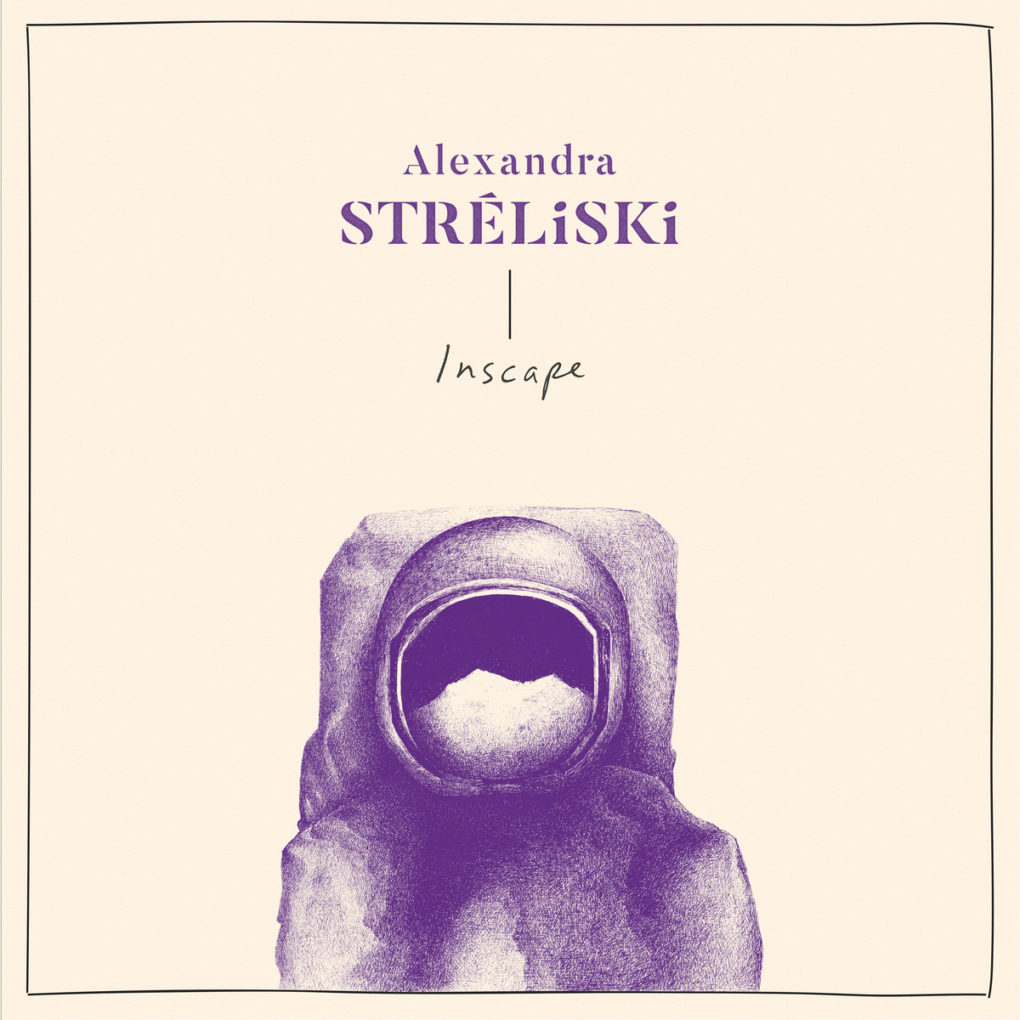
When I learned, probably sometime in my teens, that the history of Western art was sliced up into time periods (Classical, Renaissance, Romantic, Modern, Postmodern) I had questions. Who gets to decide when an era begins or ends? Who picks the name? And why did the naming committee run out of ideas after modernism?
Ask an art historian which era we’re currently in, and the answer will probably be postmodern. But a lot of people think that we’ve moved beyond that into something new and un-named. After all, postmodernism started before the massive cultural blender of the internet came along. Before 9/11. Before…everything the world is today.
So before the naming committee moves forward with something uninspired, like post-postmodernism, let’s get out in front of this and pick a better name.
A lot of art these days – movies, visual art, literature, everything – feels infused with the tensions and anxieties of a world on the brink of collapse. I’m not saying the world is on the brink of collapse, but warnings of environmental, economic, and social doom echo through every corner of our news and social media, and artists of all types pick up these messages and synthesize them into their art.
I think we might have moved from postmodern to pre-apocalyptic.
It sounds dark, but the other defining characteristic of art in this era, I would argue, is hope. Unlike the nihilist and Dadaist painters for whom the first World War destroyed any sense of optimism, today’s artists – raised in a world where the Berlin Wall came down, the Cold War ended, and nuclear paranoia subsided – seem not to have entirely lost their faith in humanity. So we get movies like “Get Out” that beat us down emotionally before giving us a glimmer of hope at the end.
If any contemporary composer has succeeded in capturing the tension-before-the-storm feeling of pre-apocalyptic art, it’s Alexandra Stréliski.
Her music can be found in films where the protagonist is facing a personal apocalypse: an HIV-positive character in “Dallas Buyers Club”, a husband who has lost everything in “Demolition.”
Her 2018 LP Inscape contains all the beauty, sadness, and hope of pre-apocalyptic art. She describes this track as evoking “the calm we feel when we don’t know that some events are about to transform us.”
What makes this a beautiful song:
1. The mournful, quietly relentless arpeggios in the left hand.
2. The light, cheerful melody in the right hand.
3. At 1.10, as the song approaches its mid-point, a quieter third voice enters, right in the middle of the keyboard. To me, this is the cautious voice of reason, balancing out the darkness and lightness of the opening minute.
Recommended listening activity:
Picking clothes to wear based on what you hope the weather will be.